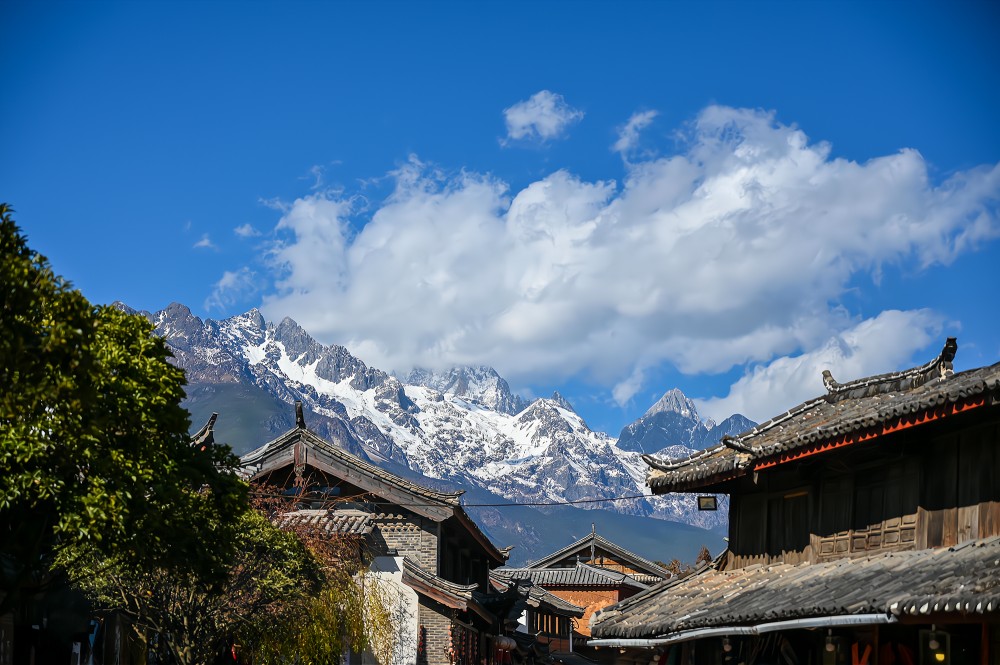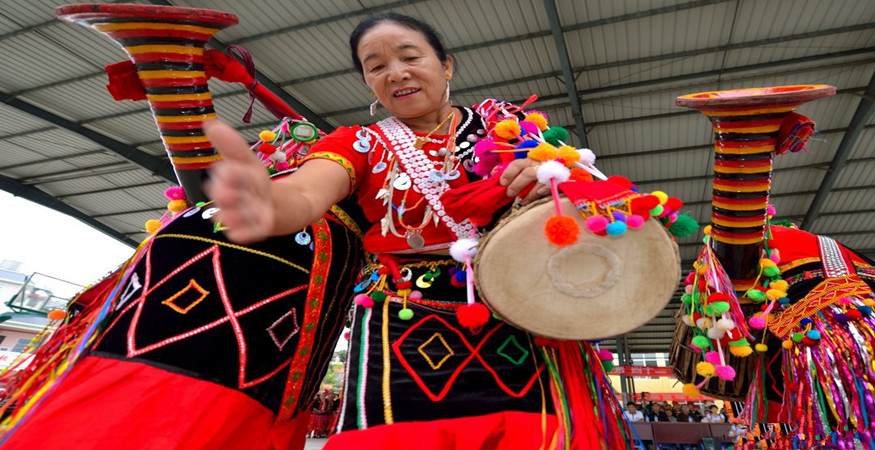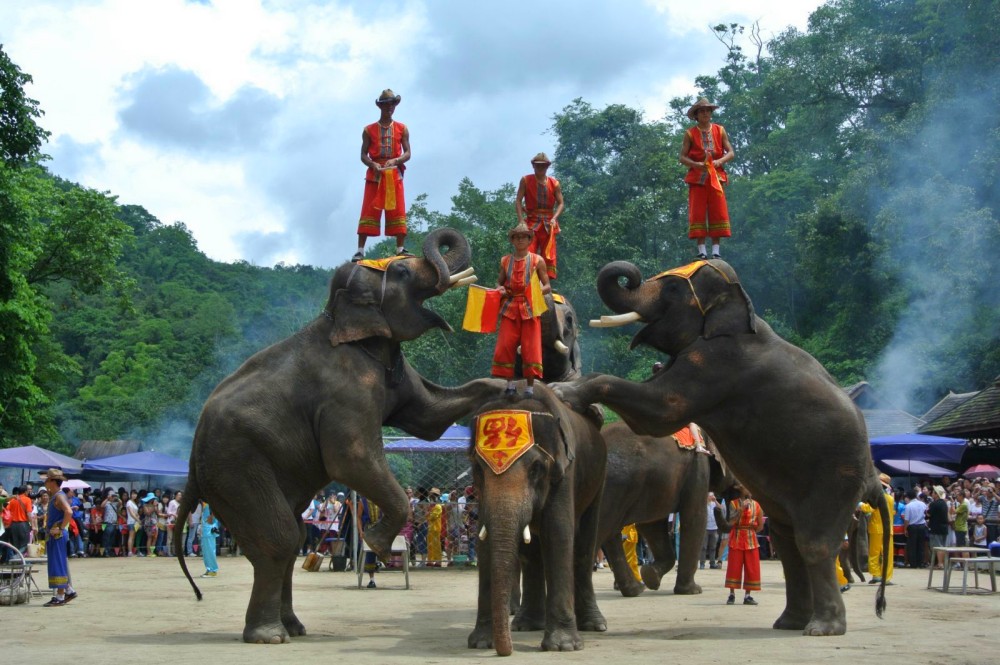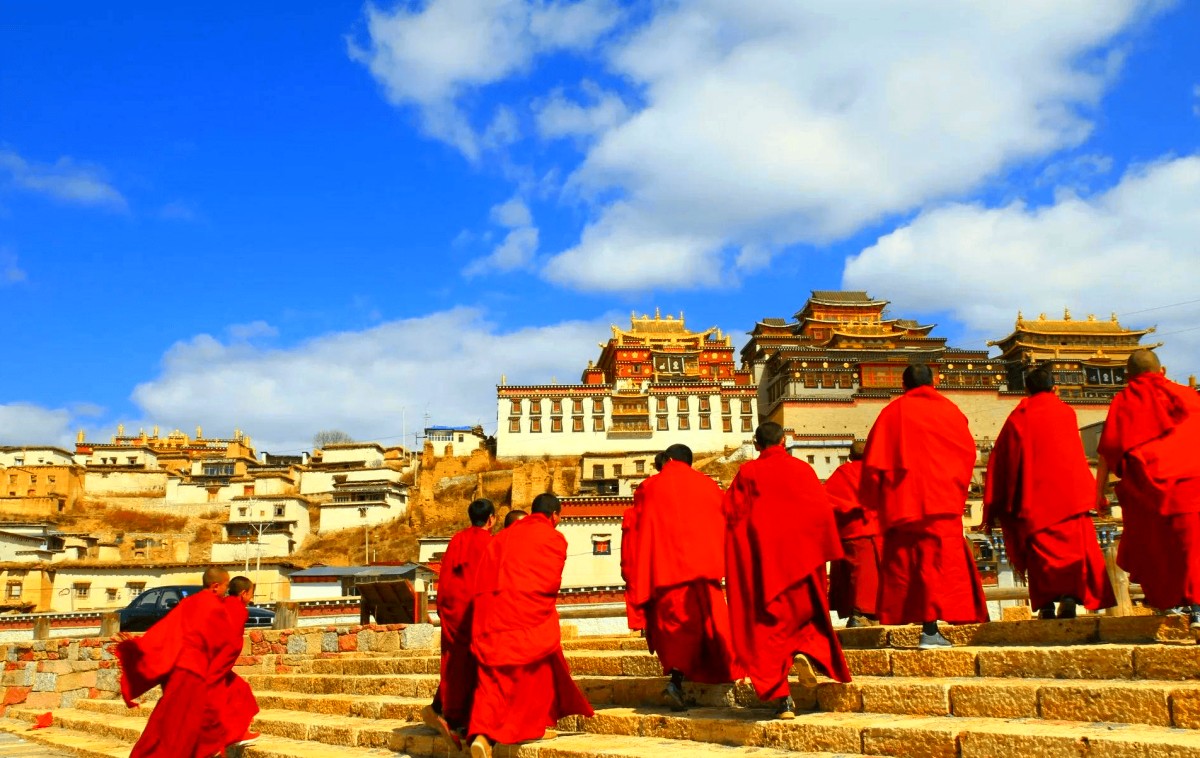Vientiane, the capital city of Laos, is a vibrant and bustling metropolis that offers a rich cultural experience for locals and tourists alike. Here are some ways of getting around Vientiane.
Tuk-tuks
Tuk-tuks are a popular and affordable way of getting around the city, particularly for short journeys. They are easily recognizable by their distinctive three-wheeled design and are available from tuk-tuk stands and on the streets. You can negotiate the price with the driver before starting your journey, but be prepared to haggle a bit. Tuk-tuks are a great option for getting around congested areas, but they can be uncomfortable in hot weather or heavy traffic.
Tips
- A reasonable price for short distances within the city is 10,000 kip per person, but foreigners may find it challenging to negotiate lower fares.
- While tuk-tuk drivers carry fare cards for popular destinations, these prices are often excessively inflated, and it's best not to pay them. Instead, walking away may prompt the driver to lower the fare quickly.
- In some areas, such as Mekong riverside restaurants or other busy locations, tuk-tuk drivers may charge up to 30,000-50,000 kip for even short trips. Bargaining with them is typically not effective, as they will not accept a normal fare of 10,000 kip. Walking a few blocks away from these areas is usually a better option to get a more reasonable price.
Bicycles
Bicycles are an excellent way to explore Vientiane, particularly for those who enjoy outdoor activities. There are many bike rental shops throughout the city, and prices are usually very reasonable. Bicycles are also an eco-friendly option and allow you to explore parts of the city that might be difficult to reach by car or tuk-tuk. However, keep in mind that Vientiane can be quite hilly, so be prepared for some uphill cycling.
Tips
- Usually, you have the option to leave a deposit of your passport, driver's license, around 1,000 baht, or a similar amount of kip or dollars when renting a bike. Before renting, it's advisable to test the bike, including its brakes.
- Although the quality of local driving is subpar, cycling in the city is relatively safe due to the slow-moving traffic. However, it's important to exercise additional caution when the roads are wet since many of them, even in the city center, are unsurfaced, and they can become muddy and slippery.
- Deceptive puddles can sometimes hide deep potholes, so it's essential to remain vigilant.
Rickshaws (or Pedicabs)
Rickshaws or pedicabs are a unique way of getting around Vientiane, particularly in the tourist areas. These vehicles are typically operated by older men and can be a fun and authentic way of experiencing the city. However, they are not the fastest mode of transportation and may not be suitable for longer journeys or if you're in a hurry.
Taxis
Taxis are widely available in Vientiane and are a good option for longer journeys or for those who prefer air-conditioned comfort. Most taxis run on a metered system, so be sure to check that the meter is turned on before starting your journey. Taxis are more expensive than tuk-tuks or bicycles, but they are a convenient and safe option, particularly for those traveling in a group or with heavy luggage.
Tips
- When the fares are set by bargaining, figuring on around US$0.50 per km or US$20-40 to hire one for the day, depending on car type and distance.
- Taxi Vientiane Capital Lao Group Co. Ltd. It advertises 20,000 kip for the first kilometer, then 2,000 kip every 300 m thereafter
- Another option is to use the Loca app for ride hailing - which has the advantage of being able to use international cards.
Public Buses
Public buses are the cheapest way of getting around Vientiane, but they can be crowded and uncomfortable during peak hours. The routes and schedules can be confusing, particularly if you don't speak Lao, so it's best to ask a local or a tour operator for help. If you're on a tight budget, public buses can be a good option, but be prepared for a potentially challenging experience. A three-day bus pass can be bought at the airport for 45,000 kip.
Routes from Morning Market
- Bus 14: Friendship Bridge, continues on to Buddha Park, 8,000 kip
- Bus 29: South bus station, 4,000 kip
- Bus 10: That Luang, ITECC, 4,000 kip (bus stop in front of Talat Sao Mall)
- Bus 8: City center, Northern Bus Terminal, 5,000 kip
- Airport shuttle: Wattay International Airport, 15,000 kip (bus stop near International Ticket Office along Nongbone Road)
Bus Schedules in Vientiane
Walking
Vientiane is a relatively small city, and many of its attractions are within walking distance of each other. Walking is a great way to explore the city and take in the sights and sounds. Walking is also a good option for short distances, and it's a great way to immerse yourself in the local culture and see the city at a more relaxed pace.
Tips
- Crossing the street in Laos can be a challenging experience. The timing of traffic lights appears to prioritize vehicles, which leaves pedestrians with limited opportunities to cross even when the crosswalk is clear.
- Additionally, the markings for pedestrian crossings have become quite faded and are frequently disregarded by drivers. The buttons for the crosswalk and walk signals seem to have little impact on the flow of traffic, as cars often run red lights. However, one positive aspect is that traffic tends to move slowly, and there is typically not a significant volume of cars on the road.
Motorbikes
Getting around Vientiane by motorbike can be a convenient way to explore the city, but there are some important things to keep in mind:
- Licensing: You must have a valid motorcycle license or an International Driving Permit (IDP) to legally ride a motorbike in Vientiane. If you do not have a license, you may be subject to fines or other penalties if you are caught riding without one.
- Safety Gear: Always wear a helmet and other protective gear when riding a motorbike. This includes gloves, long sleeves, and pants.
- Rental services: You can rent a motorbike from various shops in Vientiane. Make sure to choose a reputable rental service and inspect the bike before renting it.
- Traffic Rules: Follow the traffic rules and regulations, including speed limits and traffic signals. Keep in mind that traffic in Vientiane can be chaotic, so it's important to stay alert and focused while riding.
- Parking: Parking can be a challenge in some areas of Vientiane, so be sure to check for parking restrictions and designated parking areas.
- Fuel: There are many gas stations located throughout Vientiane, so it should be easy to find fuel for your motorbike.
Private Cars
If you want to get around Vientiane by private car, you have several options:
- Rent a Car: There are many car rental companies in Vientiane that offer cars for rent. You can book a car online or visit a rental office in person. You will need to show your driver's license and passport, and pay a deposit. Make sure to read the rental agreement carefully and ask any questions you may have before signing.
- Hire a Driver: You can also hire a driver to take you around Vientiane. This can be a good option if you don't want to drive yourself or if you are unfamiliar with the area. You can hire a driver through a travel agency or a taxi service. Make sure to negotiate the price in advance and agree on the itinerary.
When driving in Vientiane, make sure to follow the traffic rules and be aware of the local driving customs. Traffic can be heavy during peak hours, so plan your route accordingly. Also, be prepared for the hot and humid weather by bringing plenty of water and wearing lightweight clothing.


 Tours
Tours










 Destinations
Destinations Attractions
Attractions Golf
Golf Customize
Customize About Us
About Us Contact
Contact








